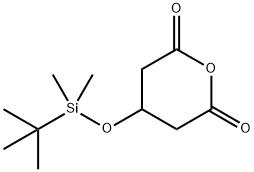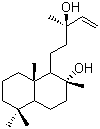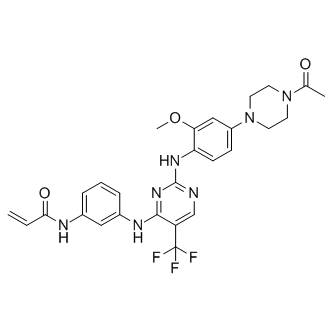(2E)-2-Butene-1 4-diol(CAS# 821-11-4)
| Hazard Symbols | Xn – Harmful |
| Risk Codes | R22 – Harmful if swallowed R36/37/38 – Irritating to eyes, respiratory system and skin. |
| Safety Description | S26 – In case of contact with eyes, rinse immediately with plenty of water and seek medical advice. S36 – Wear suitable protective clothing. S24/25 – Avoid contact with skin and eyes. |
| WGK Germany | 1 |
| RTECS | EM4970000 |
| FLUKA BRAND F CODES | 23 |
| HS Code | 29052900 |
Introduction
(2E)-2-Butene-1,4-diol, also known as (2E)-2-Butene-1,4-diol, is an organic compound. The following is a description of its nature, use, preparation and safety information:
Nature:
(2E)-2-Butene-1,4-diol is a colorless or pale yellow liquid with a special aromatic odor. Its chemical formula is C4H8O2 and its molecular weight is 88.11g/mol. It has a density of 1.057g/cm³, a boiling point of 225-230 degrees Celsius, and is soluble in common organic solvents such as water, ethanol and ether.
Use:
(2E)-2-Butene-1,4-diol has many uses in the chemical industry. It can be used as an intermediate in organic synthesis, for the preparation of synthetic resins, advanced coatings, dyes and pharmaceutical intermediates and other compounds. In addition, it can also be used as a solvent and surfactant in industry.
Preparation Method:
The preparation of (2E)-2-Butene-1,4-diol can be carried out by various methods. One common method is by the reduction of Butenedioic acid. This reduction may use a reducing agent such as hydrogen and a catalyst, or a reducing reactant such as sodium hydride or sulfoxide.
Safety Information:
(2E)-2-Butene-1,4-diol is a relatively safe compound under general conditions of use. However, as a chemical substance, it may still cause some harm to the human body. Contact with skin, eyes or inhalation of vapors may cause irritation and eye pain. Therefore, when handling and using (2E)-2-Butene-1,4-diol, appropriate safety measures should be taken, such as wearing protective gloves and eye protection equipment, and ensuring a well-ventilated operating environment. At the same time, it should be kept away from fire and avoid contact with strong oxidants. Seek medical attention immediately if you accidentally touch or eat.








